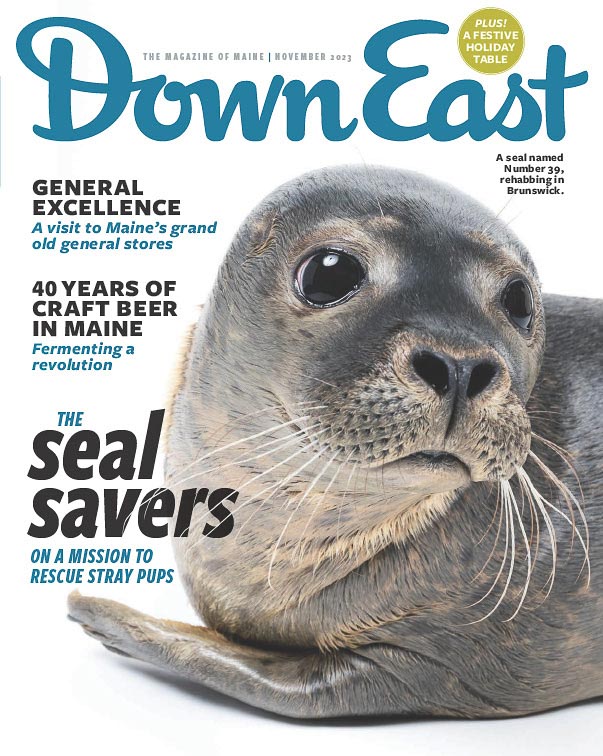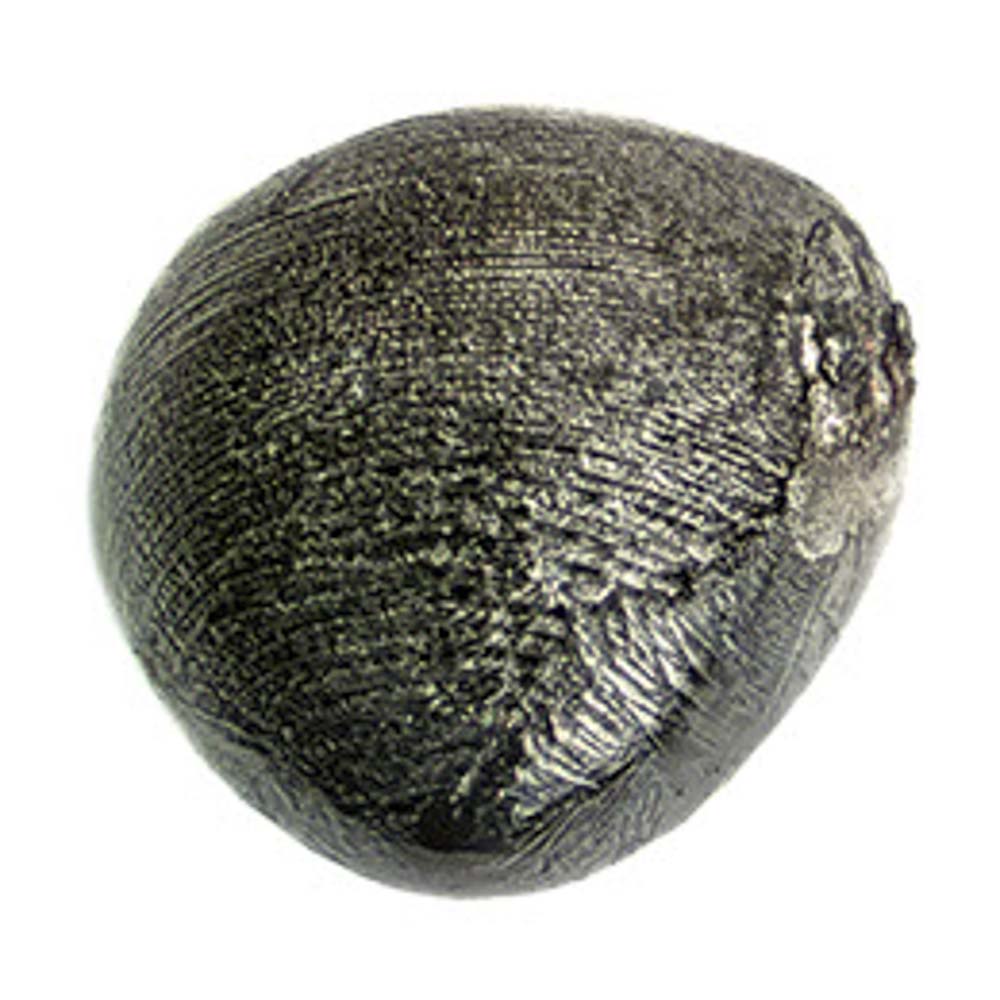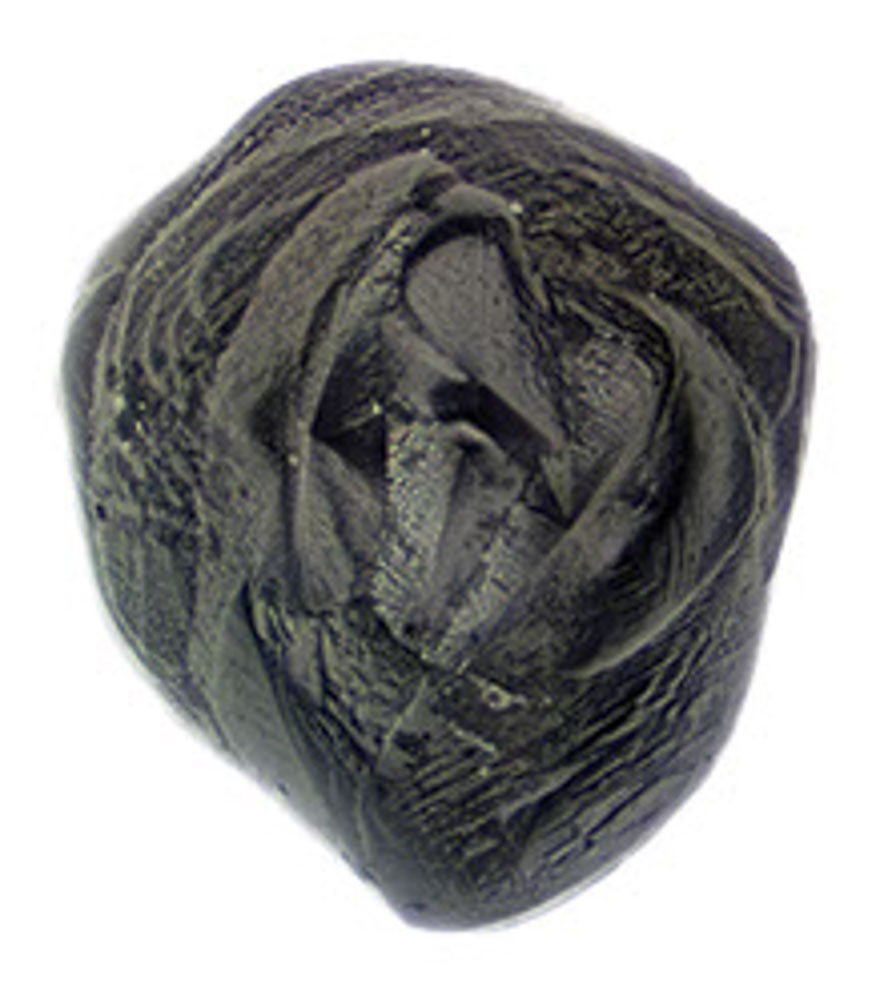By Mary Pols
Photos by Clayton Simonic
From our September 2023 issue
The homemade signs taped above Jon Wallace’s computer suggest he’s prone to obsession: Learn When to Quit! and Avoid Pain!!! Get Off the Computer NOW! Wallace, however, doesn’t seem to have learned much about quitting. A retired high-school science teacher and a self-proclaimed “science nerd,” his latest preoccupation has him tracking down flecks of space dust that perpetually and imperceptibly filter down from the heavens. “See that little black dot on the white piece of paper?” he asks, sitting in his basement workshop, in Durham, which he keeps at a balmy temperature for the sake of his bug zoo (occasionally, in one of his many terrariums, something rustles or chirps). The dot he’s pointing at is about the size of a sewing pin’s head. “This,” Wallace says, “is a really big micrometeorite.”


Our solar system is full of hunks of mineral and metal, whirling around the sun like hell-bent race-car drivers circling a track. When the orbits of those small, craggy rocks intersect with a planet, they crash through the atmosphere at speeds between 25,000 and 150,000 miles per hour, burning up along the way, becoming what we call a meteor or, more commonly, a shooting star. Many meteors completely melt before they reach the ground, but the ones that make it, reduced in size from the heat, are known as meteorites.
Meteors can be quite large — scientists have suggested that one seen blazing across Maine in 2016, its bright light visible as far away as Pennsylvania and parts of Canada, may have been five feet across when it hit the atmosphere (although even with a $20,000 reward offered by Bethel’s Maine Mineral & Gem Museum, nobody has found any part of it). Micrometeorites are meteors’ tiniest progeny, maybe the width of a few human hairs, and they’re everywhere. Tens of thousands of tons of them hit Earth every year, carrying discrete bits of information about the composition of the solar system, but hardly anyone is looking for them.
Wallace’s best guess is that, worldwide, a little more than 100 people are similarly dedicated to seeking micrometeorites. In his case, a 2017 book, In Search of Stardust, by Norwegian citizen-scientist Jon Larsen, got him hooked. Wallace made his first find in 2018, in the gutters on his home — gutters, as well as flat roofs, have become some of his favorite hunting grounds. He sorted and dried what he found, then used sieves and magnets (since space dust is heavy on metals) to further refine his piles. After that, he took pictures of his findings using microscopic photography. Still learning the ropes, he emailed the images to Larsen. “The first couple were like no, no, no, no, that’s not it,” Wallace recalls. It took him 70 hours of peering through the microscope until Larsen finally confirmed one micrometeorite.

Since then, Wallace has swept up piles of grime from the roof of a middle school, a college athletic complex, and a Portland coffee shop, among other sites. He took out an insurance policy to cover any potential injury from his searching, mostly to assuage building owners’ concerns over liability. He’s also given talks to astronomy groups around the region, and he’s trained a handful of other Mainers to look for micrometeorites, although none of them have been overly inclined to stick with it. This fall, a display at the Maine Mineral & Gem Museum will include some of his specimens.
Recently, Wallace’s collection of micrometeorites hit 200 specimens. Under his microscope, bits of nondescript grit transform into otherworldly gemstones — shiny, opaque, deeply textured. “Every one is different,” he says. “It’s like a snowflake. Every time you find one, it’s something nobody’s ever seen before, from out there.”





